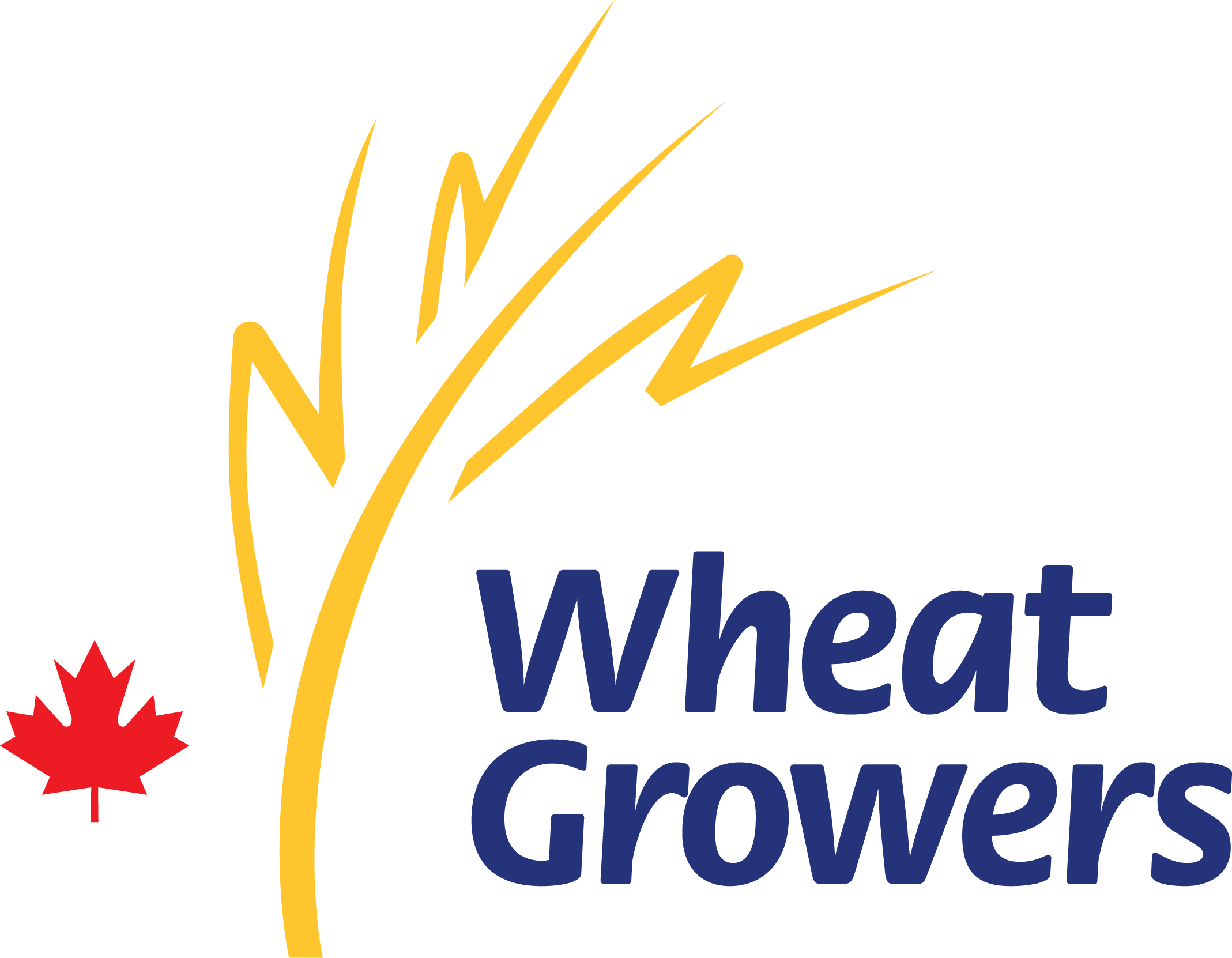This month we take a closer look at CN Rail’s continuous enhancements to improve its efficiency and services which, in turn, has a positive impact for our members. Wheat Growers appreciate our ongoing collaborative dialogue with CN and their support of our association as well.
The Wheat Growers see rail infrastructure and efficiencies as an extremely important component to grain movement, given most of the grain being delivered to export position is done throughout the winter months. Winter is often thought of as the most challenging time to move grain, so CN is implementing new technologies that continually improve its capacity regardless of the season. In the past number of years, CN has worked closely with grain companies to improve efficiencies and reduce end-to-end supply chain cycle times.
To expand on CN’s plans, the following looks at some of the infrastructure investments and innovative technologies that have been implemented.
For power requirements this winter, CN’s inventory of high and mid‑horsepower locomotives is expected to be approximately 1,950 locomotives. CN recently acquired 57 high‑horsepower AC locomotives to augment its CN-owned locomotive fleet, of which 47 Tier 3 locomotives are already operating on the CN network and ten Tier 4 locomotives will be operating on the network in Q1 2023.
For rolling stock, a multi‑year hopper car modernization program is underway and CN expects to take delivery of 500 high‑efficiency hopper cars during the 2022–23 crop year. This is in addition to the 3,500 new‑generation, high‑efficiency hopper cars added to their fleet in the last four years.
Regarding infrastructure capacity enhancements, there are a number of provincial double tracking initiatives and additional sidings being installed to allow more frequent passing of trains. That supports network velocity and adds capacity to the network.
In addressing bottlenecks at the Port of Vancouver and the Port of Prince Rupert, CN has completed, or is in the midst of completing, several multi‑year projects. Many are in conjunction with the port authorities and the Government of Canada. For the Port of Vancouver there are a number of critical projects underway such as tunnel ventilation, additional track and the Thornton yard bypass that will increase grain movement and improve yard capacity. For Prince Rupert, projects include bridge renewal and road/rail corridor expansion.
In regard to new technologies, the use of Automated Inspection Portals (AIPs) with high‑resolution imaging hardware and machine learning software allows trains to be inspected at track speed. The use of ultra‑high‑definition panoramic cameras and high‑intensity LED lighting allows CN to capture a full 360° view of the train and undercarriage as it travels at track speed through the portals. This increase in inspection frequency is critical to reduce accidents by detecting any problems sooner. Currently CN has seven AIPs in its network with more artificial intelligence development expected in the next few years.
CN’s Autonomous Track Inspection Program (ATIP) has railcars specially equipped to inspect rail infrastructure as the train travels. CN’s ATIP consists of ten rail cars equipped with advanced measurement systems. The cars are operated within existing trains at track speed and allows for real‑time measurement of track conditions under load. CN also just launched a series of upgrades to the cars, including third‑generation inspection systems that will be capable of inspecting additional components within track infrastructure. The data collected will help provide additional preventative maintenance recommendations and improve network fluidity. Besides a productivity boost, ATIP cars unlock capacity and improve service reliability by reducing track disruptions. Of the ten cars, two are equipped with the ability to analyze the joint bars used to connect lengths of rail together and to assess wheel to rail contact. They also use ultrasonic testing to identify internal rail defects that can lead to issues such as broken rails.
Hot box detectors located on the side of railway tracks monitor the condition of wheel bearings on rail cars. These detectors identify overheated components before they reach temperatures that can lead to failure. With detectors situated every 15 to 17 miles along mainline track, CN links the data collected by the hot box detector network to increase the reliability of information provided by the network. This allows the data to be aggregated and trends identified as trains operate on CN lines.
Wayside detectors and algorithms measure mechanical component quality (for instance, wheels and wheel bearings) and component condition. These detector technologies and algorithms generate alarms and notifications when problems are discovered to prompt the repair or replacement of the component before it fails. Cold wheel detectors are placed at the bottom of long grades where trains are typically applying the brakes. Wheel sets with a cold wheel profile get flagged for brake system inspection by the detector network. CN’s dragging equipment detector network, deployed in concert with the hot box detector network, is looking for something that is dragging or running off the rails. Wheel impact load detectors measure the impact of each wheel going over the detector looking for high impact wheels. CN also installed acoustic bearing detector technology at five locations across the network to monitor the sound signatures of bearings exhibiting defects. The detectors tend to find bearing defects before they generate heat to be detected by hot box detectors and therefore form an additional and earlier layer of protection against bearing‑related accidents. The system operates as a wayside detector with a bank of microphones capturing the sound signatures of each bearing as the car passes over the detector. The sound signatures of each bearing are recorded and matched against algorithms of known defects associated with failing bearings.
Broken wheel detectors are designed to find wheel defects. Broken wheel detection systems operate by using various technologies including wheel weight gauges, lasers, cameras, and machine pattern algorithms to identify defects. These systems provide an additional layer of detection to identify both urgent and emerging wheel defects. By monitoring the health of wheels, CN will have additional data points available to make operational decisions on whether to remove a car from service immediately or to allow the car to continue to the next mechanical shop location for repairs.
Wheat Growers see these initiatives and future enhancements as the key to ensuring producers’ grain can be delivered to ports in a timely manner. We are pleased to remain part of the dialog and collaborate with CN now and into the future.

